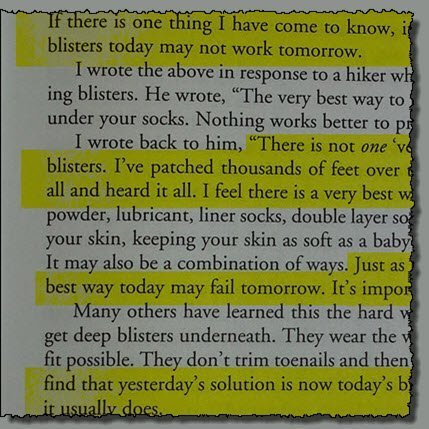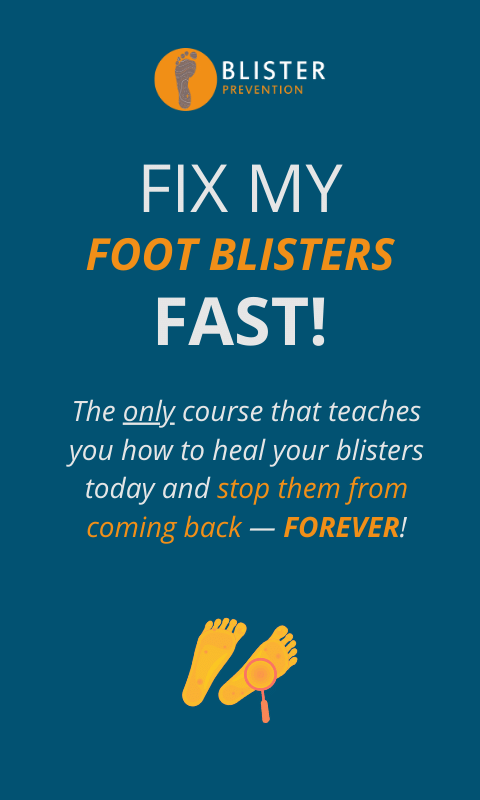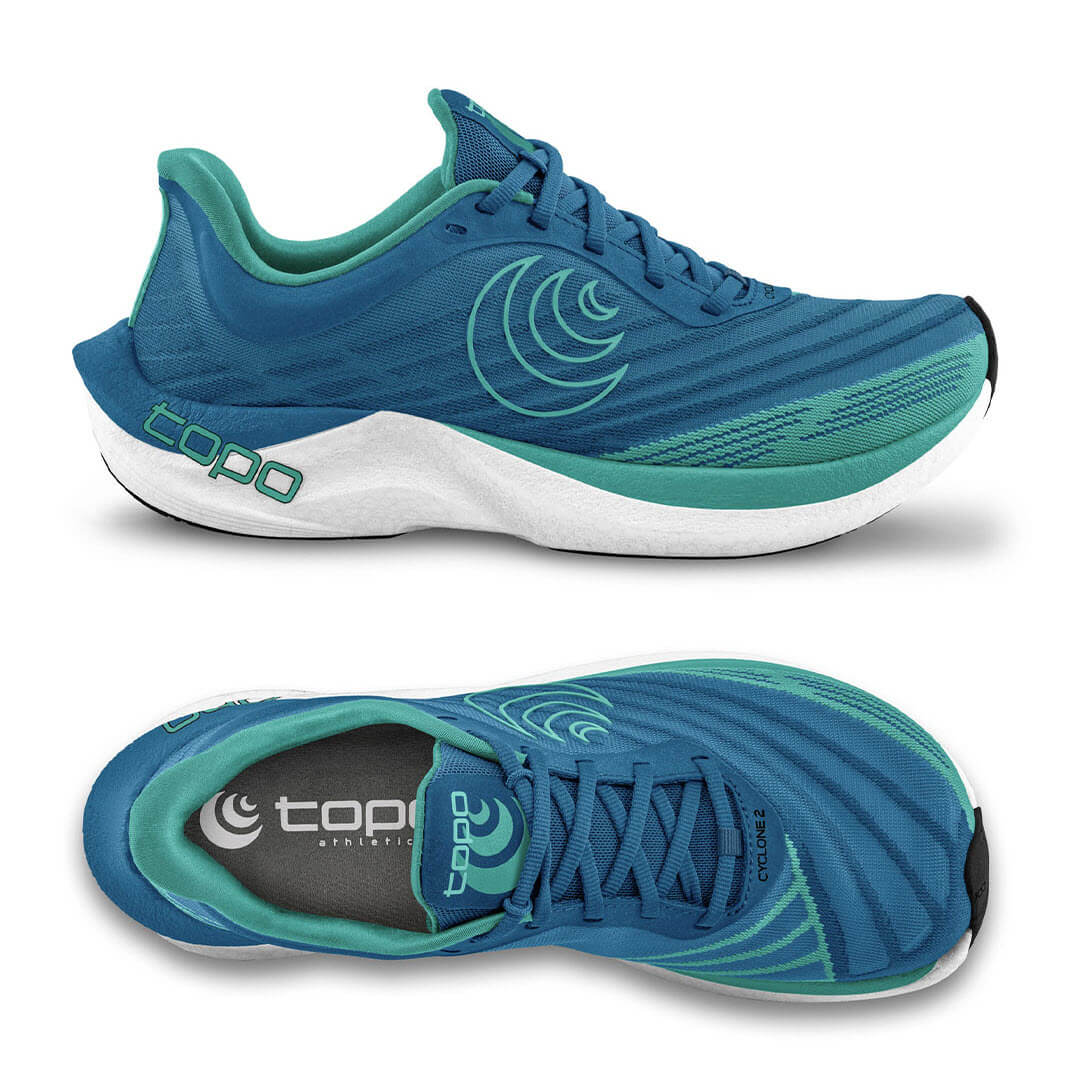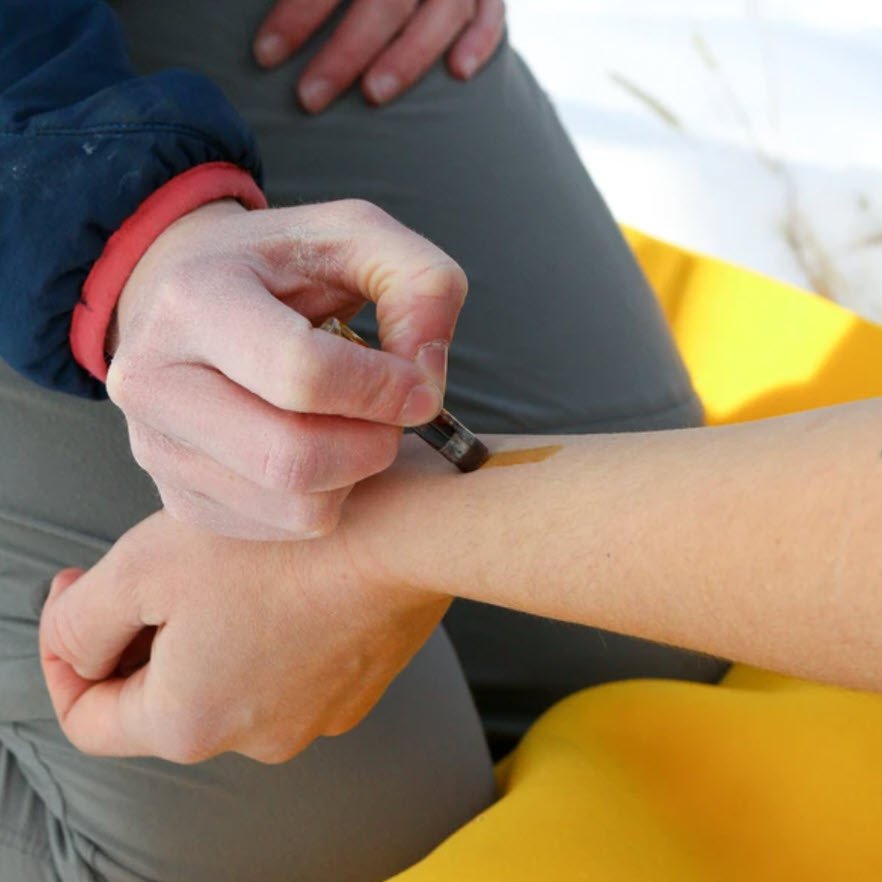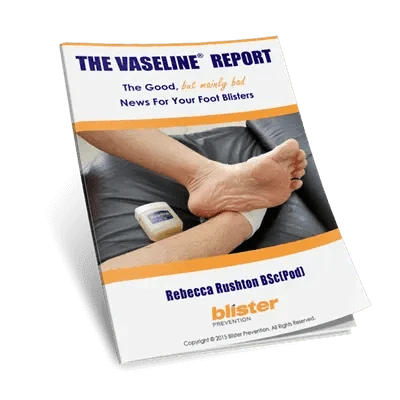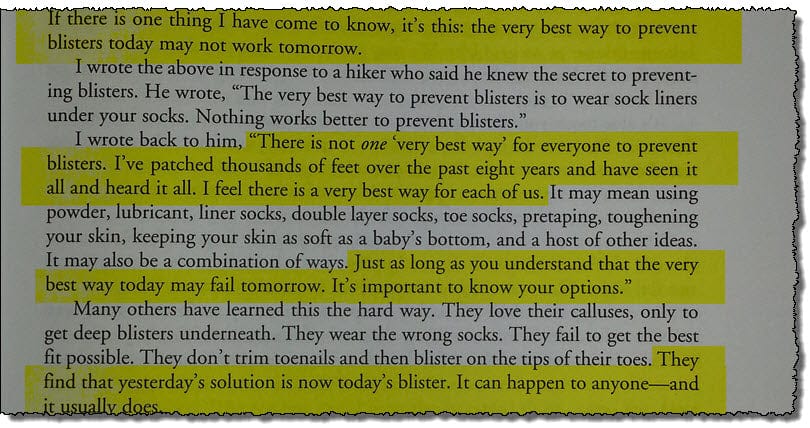
Fixing Your Feet (5th edition) by John Vonhof
The tricky thing about preventing blisters on your feet is…
What worked for you today may not work for you tomorrow!
So what do you do about it?
What you don't do is forget about blister prevention and just rely on blister treatment. That's absolutely the worst thing you can do. Because once you have a blister on your foot (and you need to keep running) it's almost impossible to make it pain-free. Plus you have to worry about infection. Blister treatment is more difficult than blister prevention!
What you do do is:
- Keep doing what works for you
- Know your other preventative options ... and have one or more of these up your sleeve
- Use it in a timely manner - before your new hotspot turns into a blister
“I don't normally get foot blisters”
If you seem to be blister-resistant (you've never suffered with a blister); or you've found a blister strategy that to this point keeps you blister-free; good for you! But the key is to not become complacent about foot blisters. Because as John says: "Yesterdays' solution is now today's blister".
When that dreaded scenario becomes your reality and you do get a blister, you need to ask yourself one question: What changed?
Because there will be a reason you got that blister
- Did you leave your callus too thick?
- Did you not trim your nail short enough ... or too short?
- Was it wetter or hotter than you're used to?
- Do you think it was the terrain? Was it more dusty or boggy or hilly than you trained for?
- Did you do something different with your hydration?
- Did something go wrong with your taping or innersole or something else?
- Should you take a change of socks and/or shoes next time?
- Did you just get your shoe or sock selection wrong?
- Do you try to persevere with a niggle instead of stopping to take care of it?
- Did something happen to your running form that was unavoidable?
Identify it and learn from it, if you can!
Something changed. Try and identify it and learn from it. Maybe it was hotter than you're used to and so friction levels in your shoe were higher (due to increased perspiration). If only you had an extra pair of socks, an ENGO Patch or a lubricant, you could have dealt with that friction and avoided that blister.
Or maybe your knee was sore which made you change your running form. Next time you'll be aware of this compensatory gait and you might be able to alter it a little. Or, maybe there's nothing you could have done about the knee or your running form; but at least the cause of this new blister is not a mystery.
Minimum blister prevention requirements
There are basic blister prevention strategies that every runner should be taking care of as an absolute minimum:
- Shoe-fit: Without properly fitted shoes; and shoes appropriate to the conditions and the event, you really are making it hard for yourself.
- Moisture-wicking socks: To my way of thinking, you're going to be wearing socks anyway, so why not wear a pair that keeps your skin as dry (and friction low) as possible. It's a no-brainer!
- Adaption: Training prepares the skin on your feet to deal with the loads applied to it. To the best of your ability, subject your skin to the conditions of your upcoming event (terrain, climate, intensity, duration). And do it in the shoes and socks you'll be wearing for the event, including any load you'll be carrying.
A little something extra
On top of these and any other strategies you use to keep your feet blister free, you need to have something else up your sleeve ... just in case. Your little bit of blister prevention insurance! It might be one thing; it might be several. But if you are going to benefit from the wisdom of the athletes and race medics before you, you need a little something extra in case the need arises. What that is, is up to you. If you need help identifying what your options are, this page will help.
When you get an unexpected blister, it would be easy to put it down to being just plain unlucky on the day and hope like crazy it doesn't happen again. But try and understand why. And then act on it - arm yourself with knowledge and the products so you can give yourself the best chance of remaining blister-free next time. If you've ever run with a bad blister, like the 'unnamed runner' below, you'll know that effort is worth it!

Running with blisters is painful - excerpt from Fixing your Feet by John Vonhof
Take home messages
Even if you don't normally get foot blisters, know this:
- Foot blisters are always a possibility!
- Understand what causes blisters and all of your preventative options
- You need to be prepared - that means having something extra up your sleeve
- The aim is to stop your new hot-spot from becoming a blister
- Try and understand why this new hot-spot / blister developed, so you can be better prepared in the future
